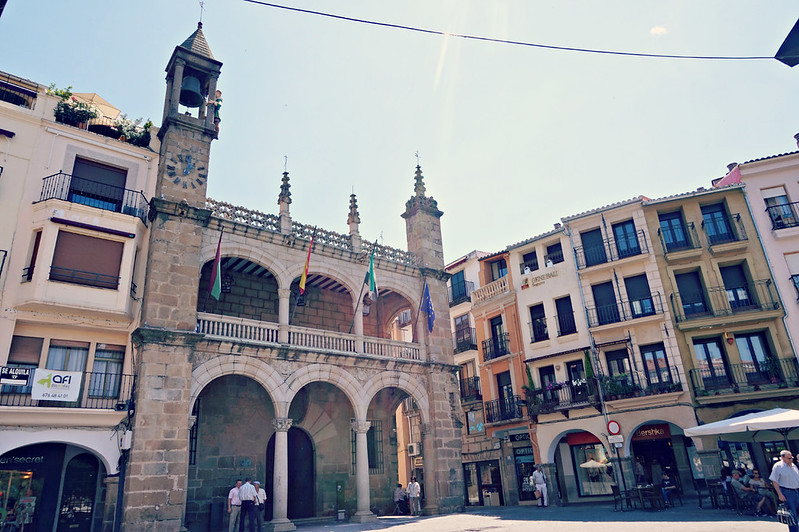
A caminho de Monfortinho decidimos parar em Plasencia para conhecer esta cidade da Extremadura que pertence ao municipio de Cáceres. Não levava nenhuma referencia a não ser algumas dicas sobre a gastronomia "extremeña" onde a grande estrela é o Jamón Ibérico de Bellota e a verdade é que ficámos surpreendidos com o seu centro histórico mantendo a arquitectura típica dos séculos XV e XVI Não tivémos tempo de ver tudo porque foi uma paragem breve mas ficou a vontade de voltar talvez numa altura mais fresca porque já estava a temperatura bastante quente.
On the way to Monfortinho we decided to stop at Plasencia to know this city from Extremadura that belongs to the municipality of Cáceres. I did not take any references unless some tips on the gastronomy of "Extremadura" where the star is the Jamón Ibérico de Bellota and the truth is that we were surprised with its historic center maintaining the typical architecture of the fifteenth and sixteenth centuries that we did not have much time to see everything because it was a brief break but it there is the will to return perhaps in a cooler time it was already quite hot.
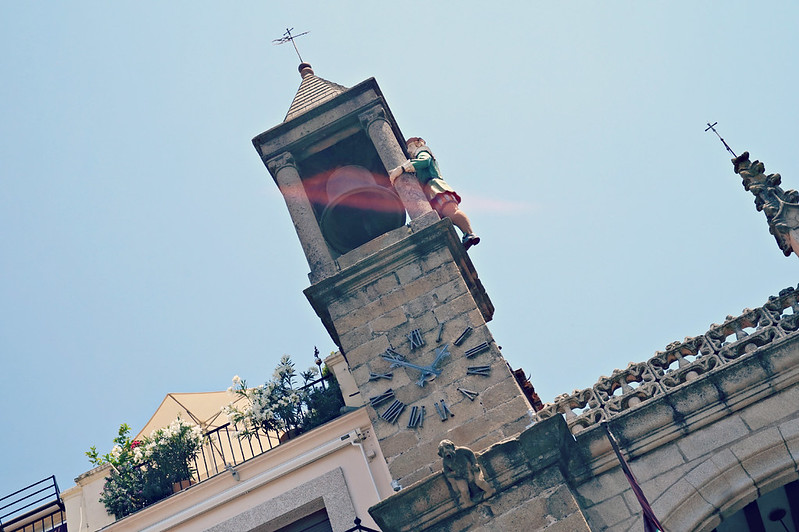
Começámos pela Plaza Mayor onde almoçámos, um dos principais edificios é o do Palácio Municipal construído no século XVI apresentando na sua fachada o escudo de D. Carlos V. A outra curiosidade é um dos símbolos da cidade, o Abuelo Mayorga pendurado no campanário e torre de relógio. Andámos essencialmente pelo Bairro dos Clérigos onde passámos pela pequena igreja de San Esteban em direcção á Catedral pelo caminho ruas estreitas com palácios e conventos do século XVI.
Encontramos depois a Catedral Nova de Plasencia cuja construção terminou no século XVI ao seu lado está a antiga do século XIII. Foi um passeio curto e ficou muito para ver.
We started at the Plaza Mayor where we had lunch, one of the main buildings is the Municipal Palace built in the sixteenth century that has in its facade the shield of King Carlos V. The other curiosity is a symbol of the city, the Abuelo Mayorga hung in the belfry and tower clock. We went mainly for the Quarter Clerics where we passed by the little church of San Esteban on our way to Cathedral walking along narrow streets with palaces and convents of the sixteenth century.
Found after the New Cathedral whose construction ended in the sixteenth century by it's side is the old one from the thirteenth century. It was a short walk and much was left to see.
Found after the New Cathedral whose construction ended in the sixteenth century by it's side is the old one from the thirteenth century. It was a short walk and much was left to see.
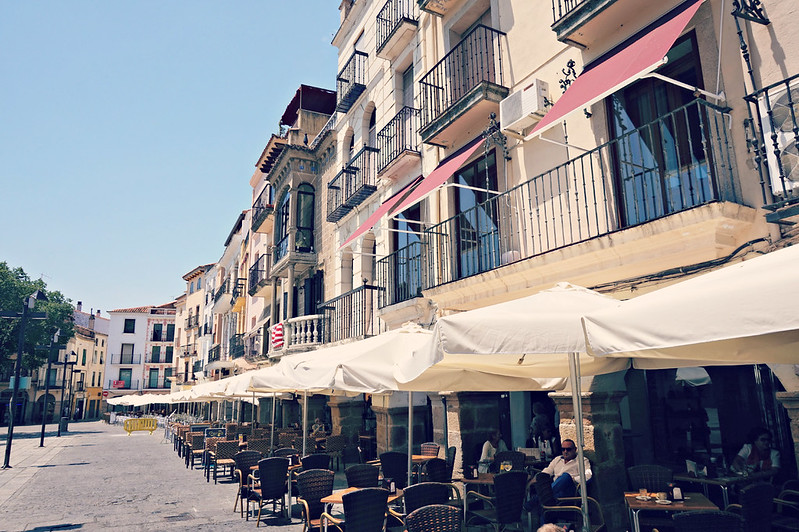
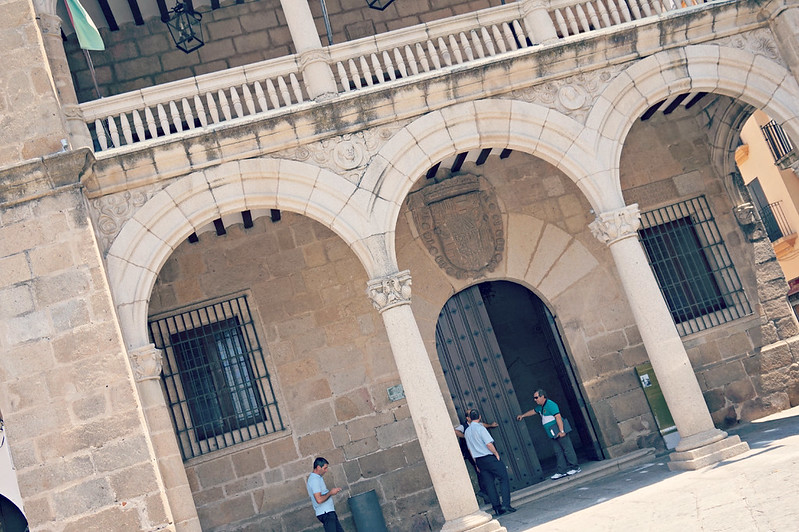
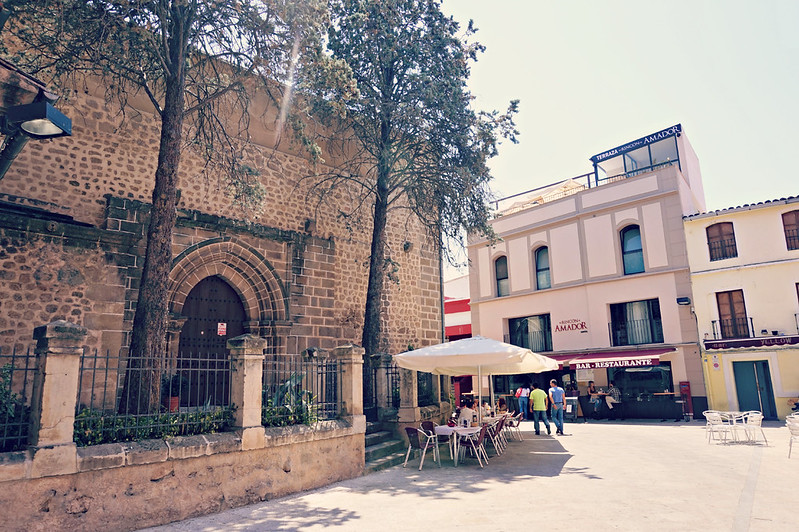
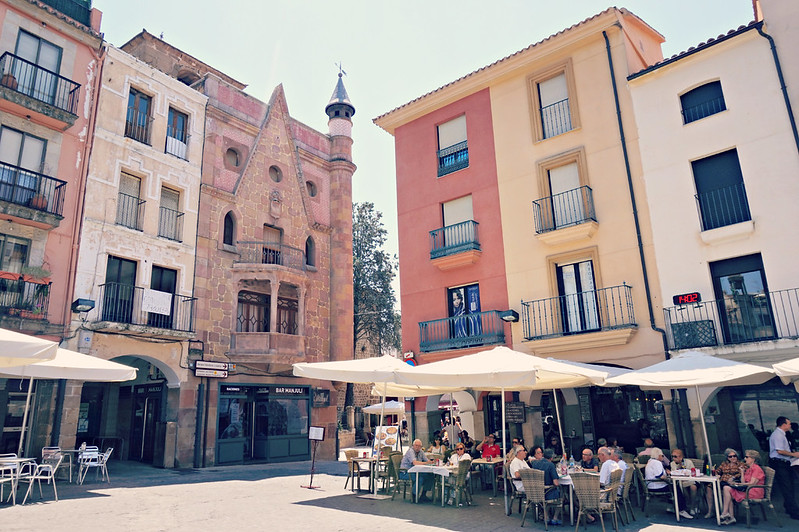
Igreja San Esteban
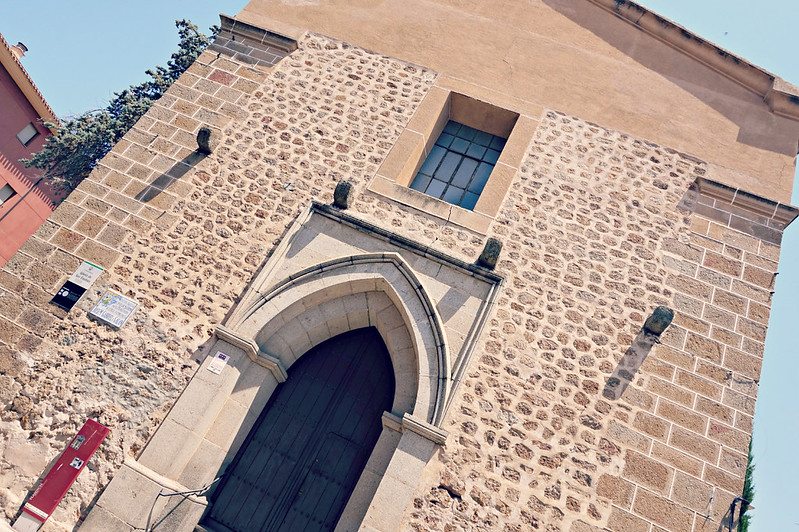
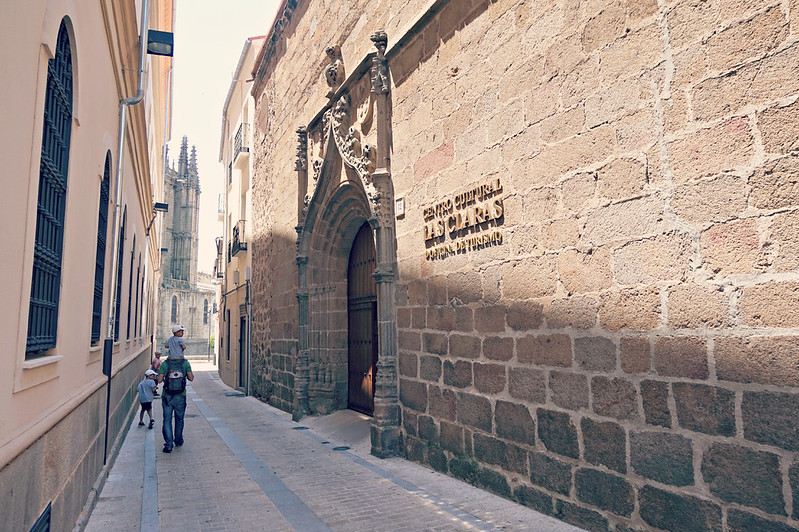
Catedral Nova
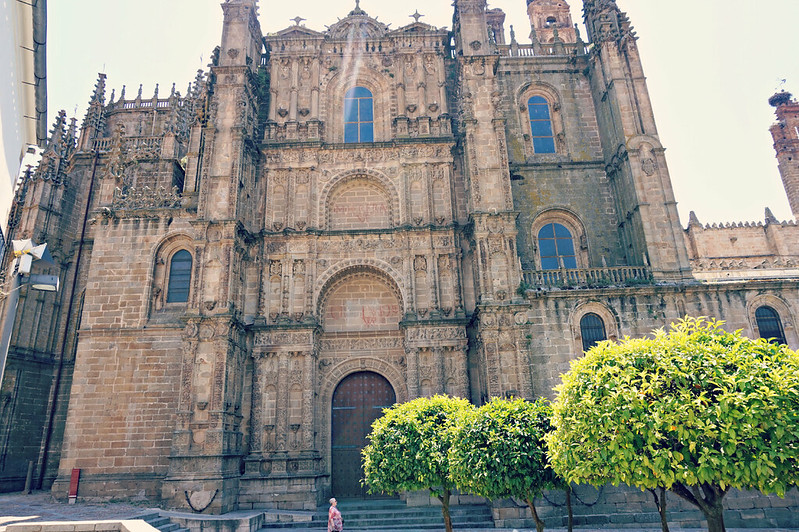
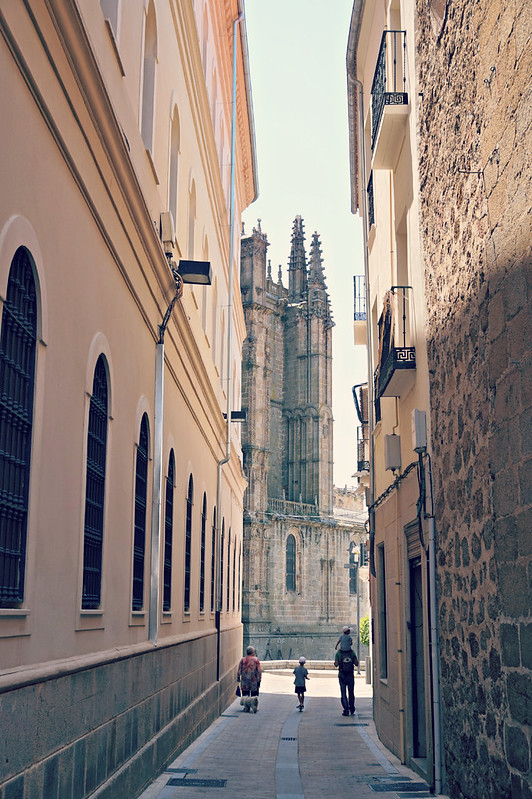
Palácio dos Dean
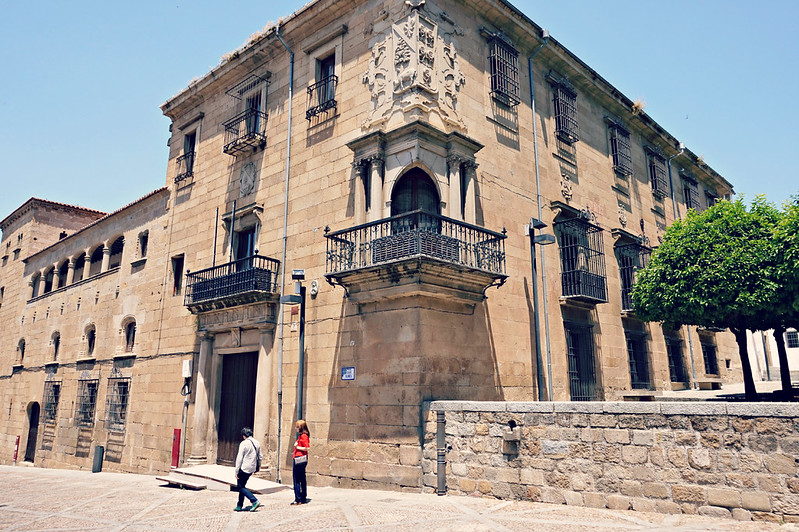
Catedral Velha
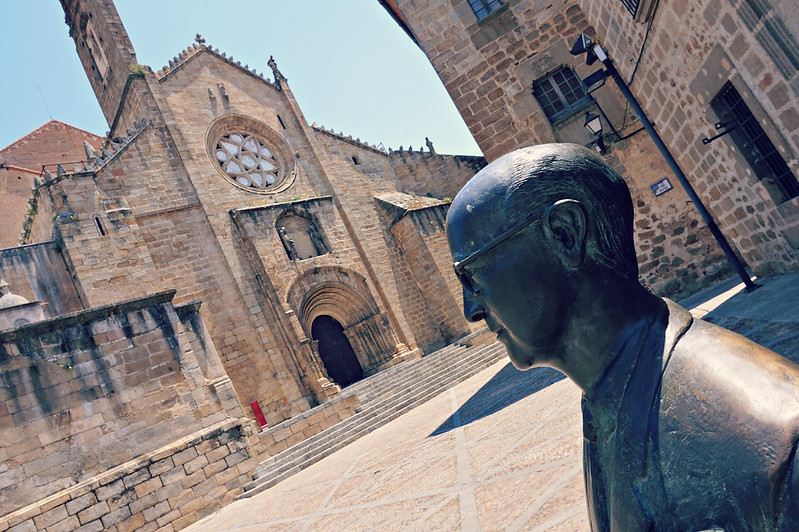
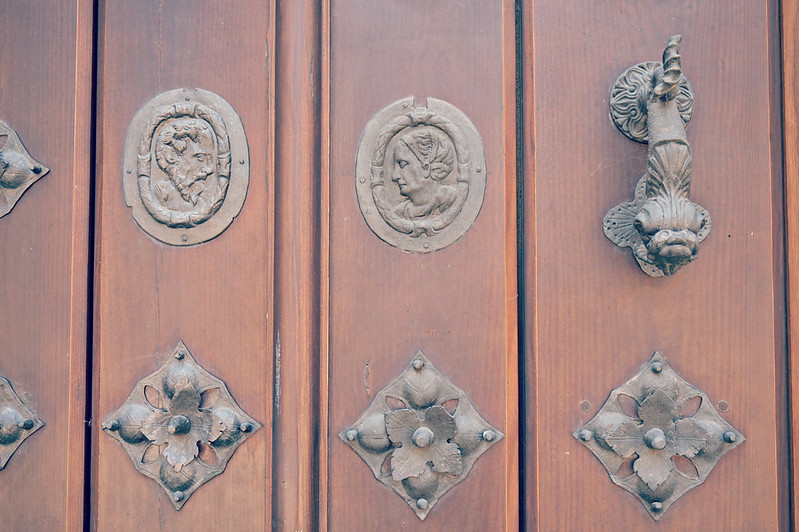



Sem comentários:
Enviar um comentário